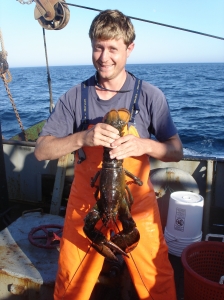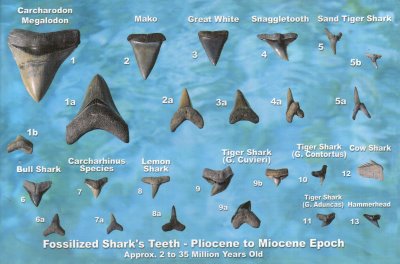Happy Tuesday! I am sure you know by now, but this is a series I have been featuring each Tuesday this summer to get a special sneak peek at the different personalities behind the scientists, activists, and educators (including bloggers) who play an integral role in the marine science conservation field. It’s essentially an extension of the overwhelmingly popular and well done Tumblr blog, This Is What A Scientist Looks Like, (BCS was featured in April!) which sets out to illustrate that scientists are not just crazy haired nerds in lab coats. I’ve sent a list of 15 random questions to some folks I know and asked that each person share at least their answers to 5 of them. Today It’s a two for one deal with Greg and Jody Diehl, from Beach Treasures and Treasure Beaches.
Greg has lived around water all of his entire life … that is until he moved to New Mexico to start a business. Growing up in Wisconsin lakes, rivers, and beaches were never far away. And, after joining the Navy he basically lived on the water! From the Red Sea to the Caribbean, the Indian Ocean to the Atlantic, and through the major canals, he’s literally been around the world. He and his wife, Jody, have always enjoyed beaches, boats, and vacations by the sea!
Jody is a beachcomber to the core. She says, “any beach, any time”. She collects seashells, beach glass, beach rocks, travel books, photos, and very happy memories. Family and friends make the best day at the beach even better for her. She grew up in Chicago with 26 miles of beautiful Lake Michigan shoreline. Having traveled to 49 states (Alaska, she’s on her way!) and many foreign countries, she always find myself gravitating to the shorelines and beaches.
Greg and Jody have been married for 35 years. They have three wonderful daughters, one super son-in-law, and two beautiful grandchildren. Their middle and youngest daughters are “Treasure Hunters” on the site and their oldest daughter is a frequent contributor. The family (including adorable grandchildren) is often pictured on the blog’s posts. Beach Treasures and Treasure Beaches has become quite a family affair!
What is your favorite Sunday breakfast?
We both agree: Greg’s delicious homemade cinnamon rolls.
Which sitcom character do you relate to?
Tim, The Tool Man, Taylor and his lovely wife, Jill. (Home Improvement)
What is your favorite pastime?
Besides beachcombing, tide pooling, and anything beach related? Pretty much anything that includes our two grandchildren is a winner. We love to get out and hike, make it to UNM Lobo baseball games, and attend any concert or event in which our kids are performing!
What three things would you take with you to an island?
A yacht and our two grandchildren.
Are you a night owl or a morning person?
We’re both morning people. That means that we are up to watch the sunrise on the beach when we are on vacation. At home Jody’s motto is: If it’s not on my desk by 10:00 AM, I’ll get to it tomorrow!
What is your favorite room in your home?
Our favorite room in the house is our entry/sunroom. But we especially enjoy the backyard patio. Living in Albuquerque, we can enjoy the outdoors year round. Our family loves to eat our meals outside in the fresh, New Mexico air.
What is your favorite sundae topping?
Carmel for Greg, marshmallow cream for Jody.
Don’t forget to read the rest of the “What they’re into …” series.

















What people are saying …